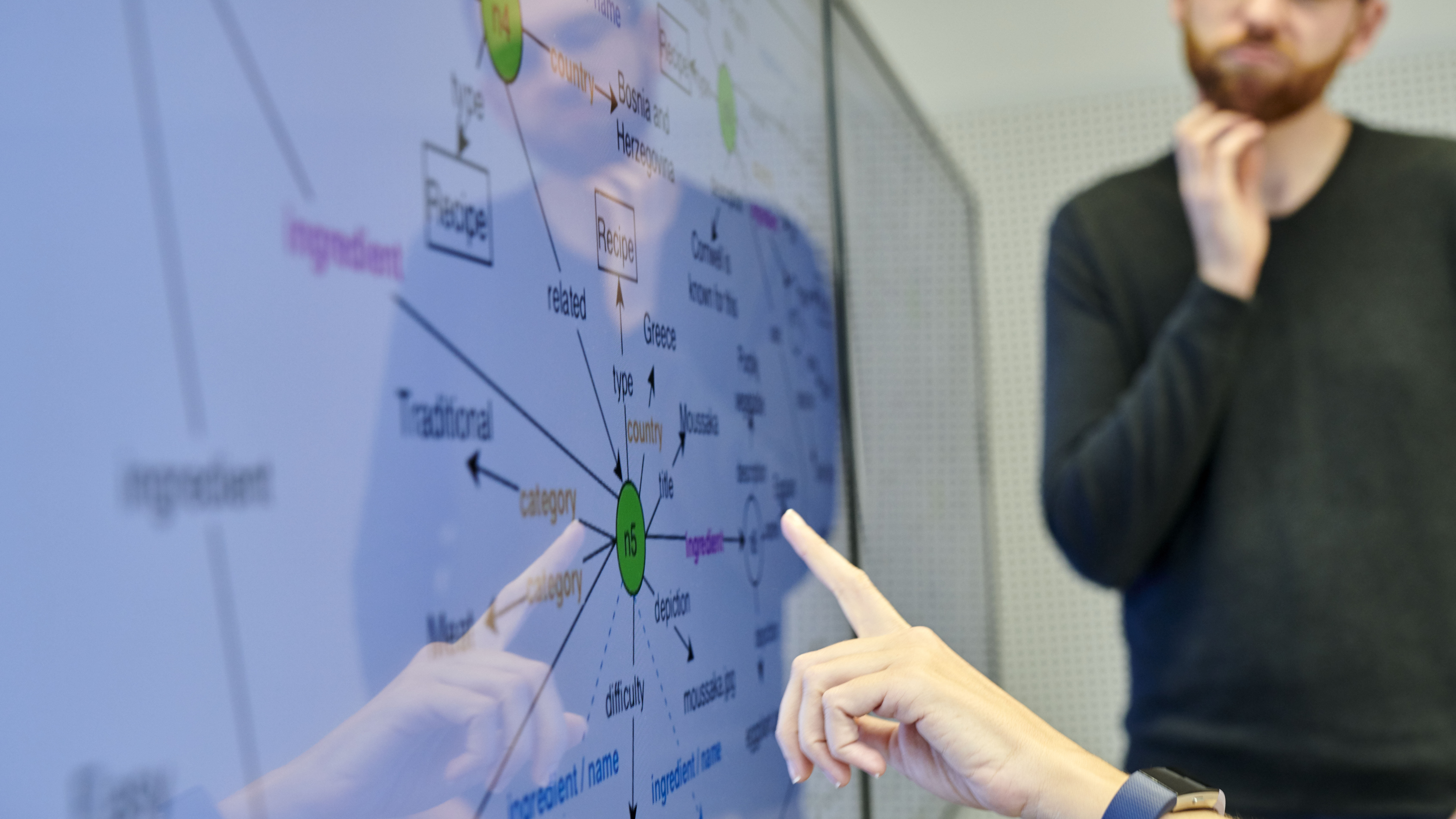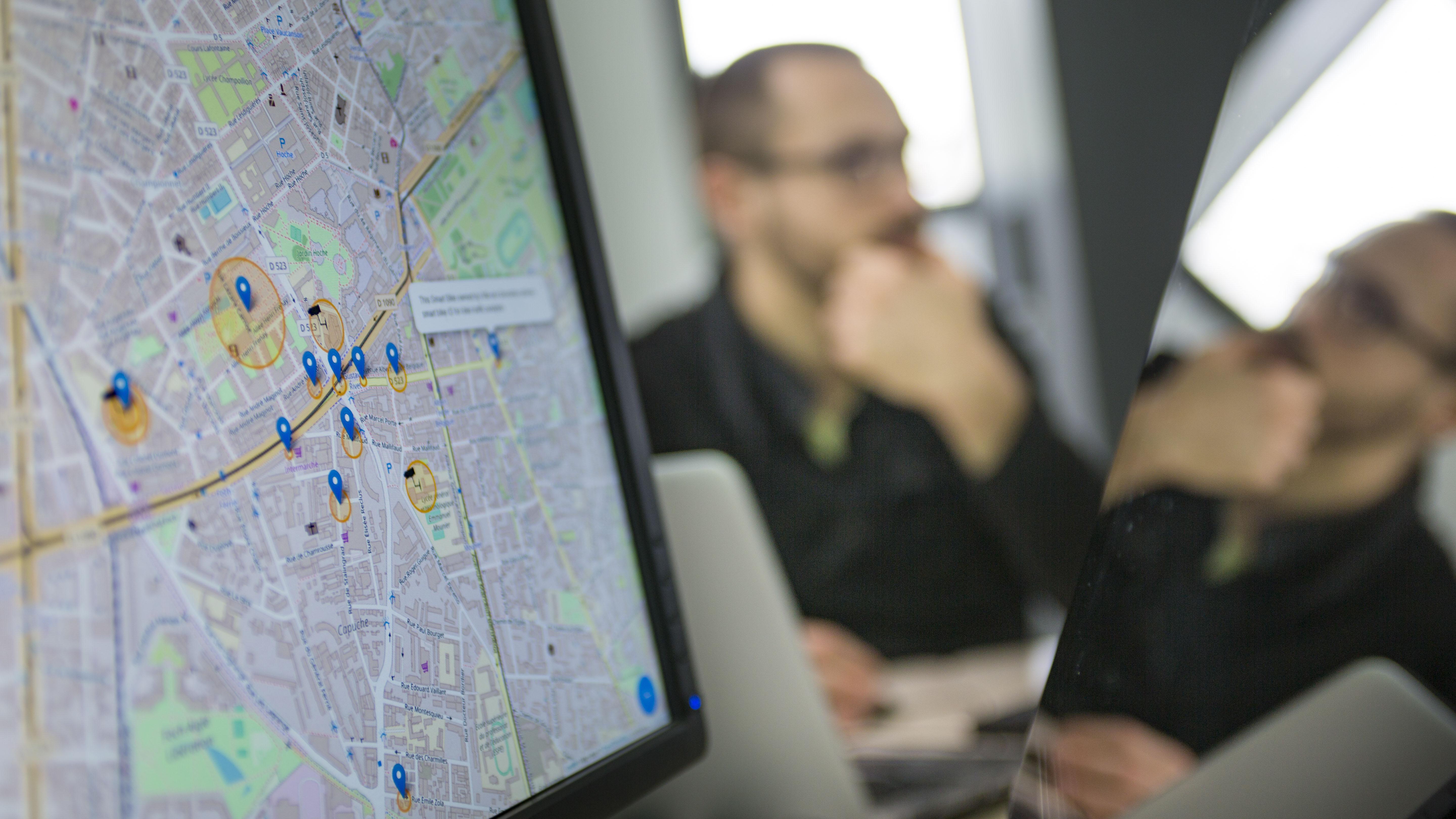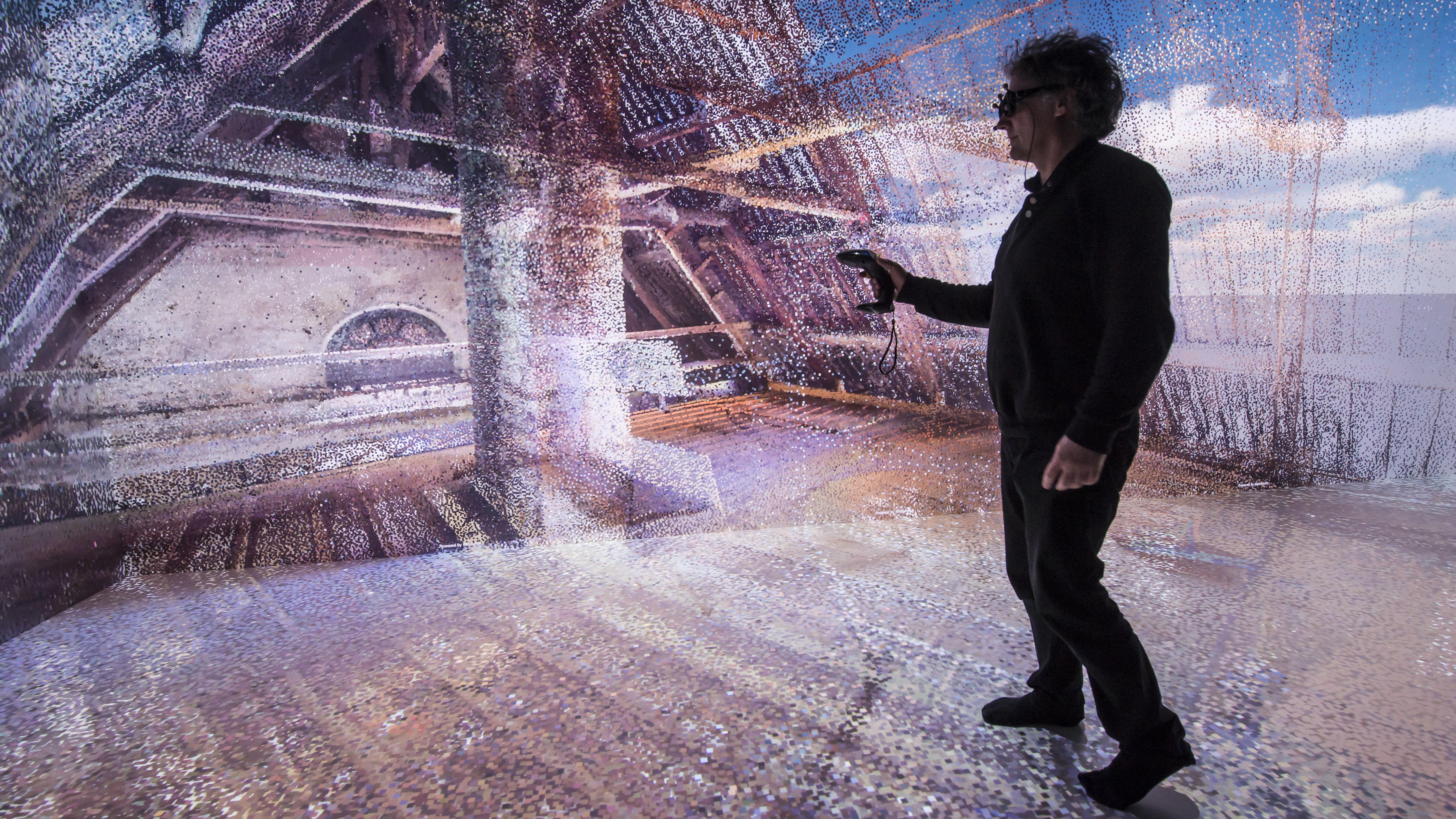Digital technology and the human and social sciences: a symbiotic relationship
Date:
Changed on 06/12/2023

Provided that we don’t reduce digital technology to mere tools, and instead consider its capacity for modelling complex systems, there is evidence of particularly close links between digital science and the humanities. Inria has been conducting research at the interface between IT and the human and social sciences for decades. “When I was studying for my PhD in 1989, the Inria team at the Rocquencourt site had been working on making IT more user-friendly for more than ten years. The director of the team, André Bisseret, was a psychology graduate”, recalls Laurent Romary, Senior Researcher (R4) with the Almanach project team (Automatic Language Modelling and Analysis & Computational Humanities) and Inria adviser for scientific publishing and information.
Although his early research within the institute chiefly concerned analysing languages and extracting information from documents, Romary has diversified his project portfolio over the past ten years or so, a large part of which has involved 3D modelling. “Seeing human and social sciences included in the Iinstitute’s strategic plan marked a real change and recognises this subject’s importance for Inria”. Indeed, Romary recalls doing his utmost to convince people of the merits of his research when he launched the Inria/Loria Langue et dialogue (Language and Dialogue) team in 1997.
IT provides a wide range of technological and methodological tools for use in human and social science research. This is particularly true when it comes to accessing data. From the digitisation of old sources, and the ease at which more modern documents can be shared, to the processing of large volumes of data in order to test models more efficiently, all of these contributions have helped to ease the research process while facilitating comparisons and the acquisition of proofs. “But we should make sure that we don't overly simplify the substance of the humanities. You might be studying the Middle Ages or languages, for example, but behind that there are proper concepts and methodologies that are specific to different research fields, which you have to respect. This means that, far from being straightforward, the digital transition requires dialogue in order to devise the data extraction and viewing methods that are suitable for each subject”.
The complexity, diversity and fragmentation of the data that inform the human and social sciences have led to a need for specific digital infrastructure, such as the Very Large Research Infrastructure Huma-num, and the Digital Research Infrastructure for the Arts and Humanities (DARIAH). The aim of these infrastructures, at both national and European levels, is to improve and support the digital revolution in research and teaching in the arts and humanities, by proposing both technical services (specialist software, data sharing, hosting) and tools for dialogue within individual communities.
The relationship between digital technology and the humanities isn't a one-way street. Indeed, Laurent Romary takes it one step further: “Each time you have a project concerning data with a human element, you're dealing with an interface. You need to explore the nature of these elements, and the impact the results will have on different aspects of human life. With Inria strongly committed to open science, this raises the question of how this data should be shared. A support unit has been set up in order to develop a data management plan.
Learning how to systematically incorporate the relationships with humans into everything the Institute does will help boost the recognition of IT as a discipline in our society. This process must be accompanied by the introduction of digital technology courses at all levels of the academic curriculum, through to Master of Research degrees in the Humanities, which very rarely include seminars on digital methodology. “The reactions to the concept of algorithms following the introduction of the Parcoursup scheme shows that the general public lacks the conceptual foundations required to address these issues. As a society, we have to make IT a fundamental part of education in order to form well-rounded citizens.” This will be an essential part of building trust in digital technology among citizens.

Digital technology has permeated most aspects of society, from social media and smart homes to connected objects, work and study, etc. But this rapid deployment has raised ethical questions.

How can journalists be helped to verify facts from data available online? How to detect cyberbullying? Where to track hate speech on the Internet. Decryption.

How to reconcile the imperatives of museums when the artefacts themselves are so fragile that they are incapable of withstanding exposure to light. One possible solution to this is digitisation